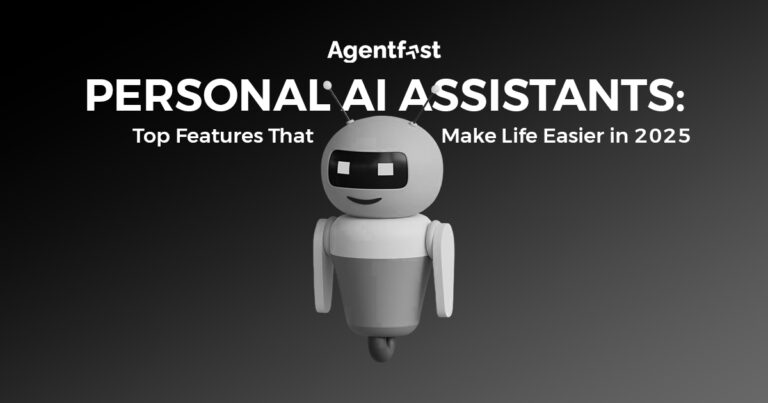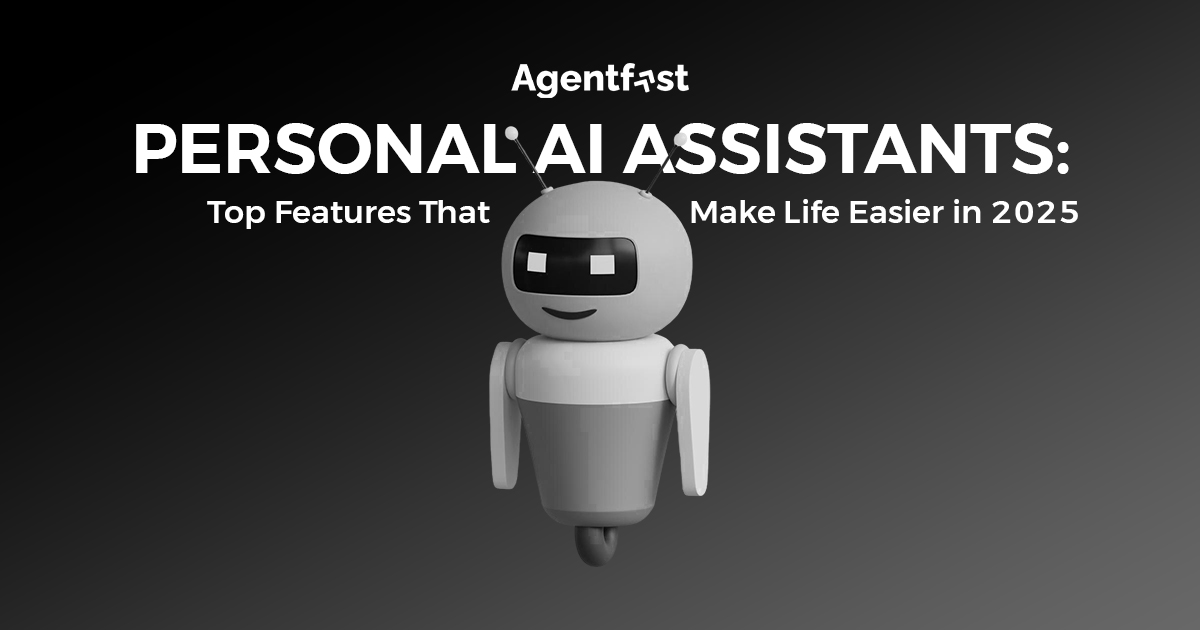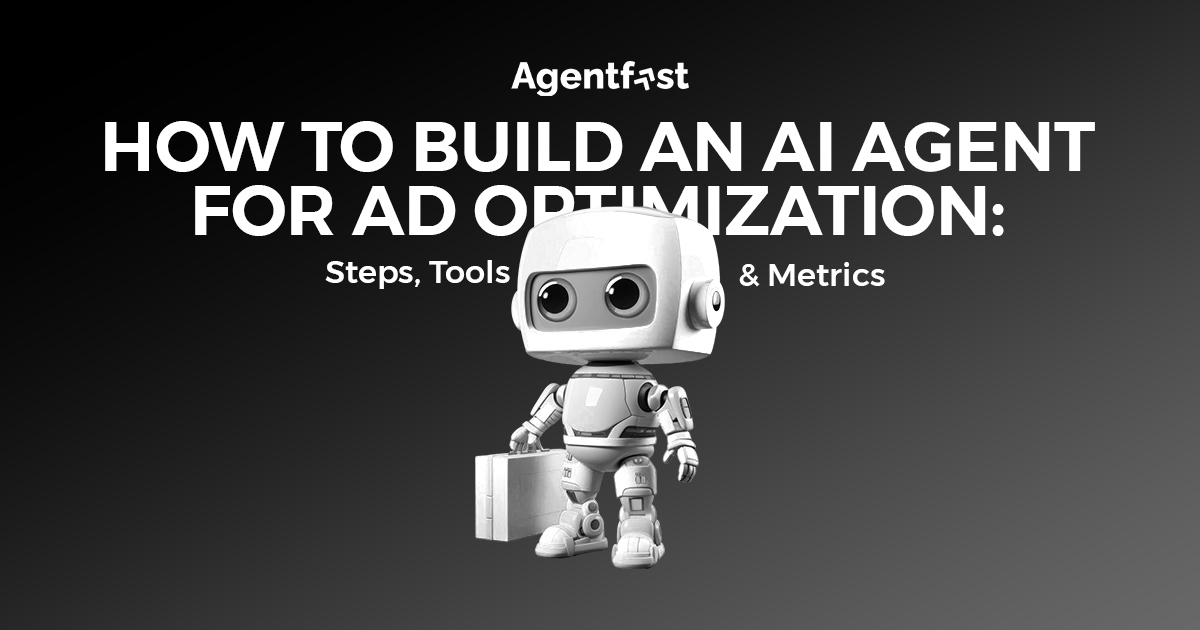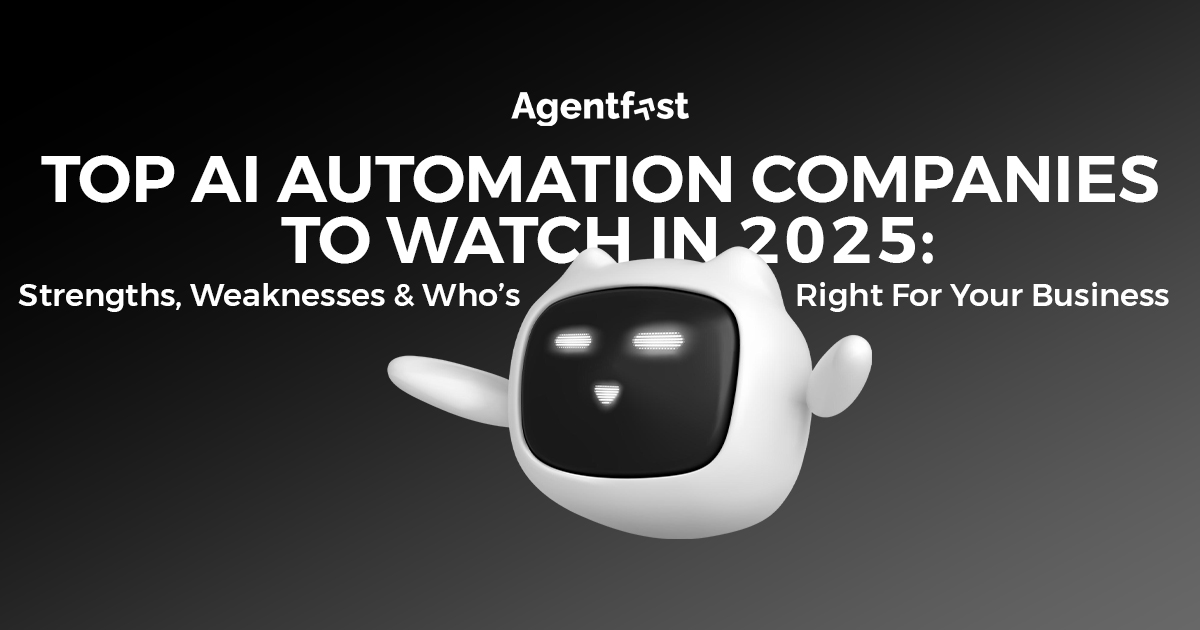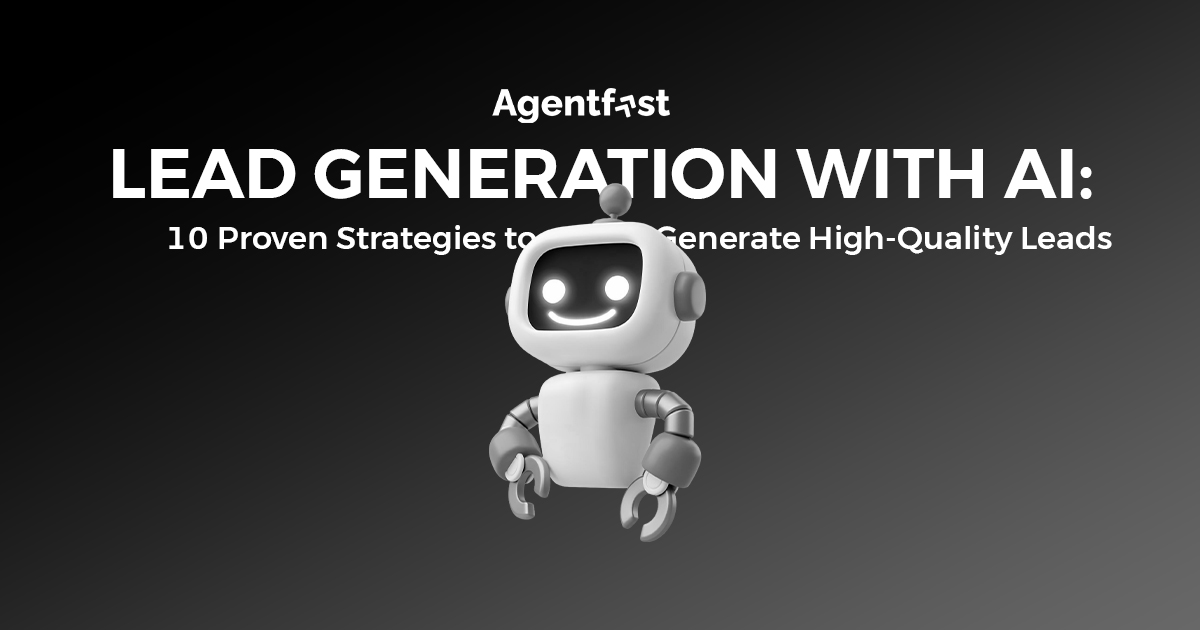You spend hours crafting campaigns. The audience doesn’t respond. Something feels off. It’s not your creativity that’s failing, it’s how the system is set up. Many marketers jump into automation tools without a plan and fall into familiar traps.
Pitfalls in AI marketing happen quietly. The system might look perfect on the surface, but data gaps, bad training, and unclear goals start pulling it apart. AI isn’t the problem. It’s how people use it. In this piece, let’s look closely at what goes wrong, why it happens, and what you can do differently to make AI work for you, not against you.
Poor Data, Poor Decisions
Every marketing strategy depends on good data. Feed wrong data into your AI tool and it will keep repeating the same mistakes. This is one of the biggest pitfalls in AI marketing.
Teams often expect AI to “understand everything.” But AI doesn’t think. It reads patterns. If the inputs are messy, missing tags, duplicate contacts, wrong sources, the output will be useless.
Before building your next AI marketing campaign, clean up your data. Check your CRM for outdated contacts. Remove test records. Verify form entries. When your system learns from accurate data, your targeting improves, and your costs drop naturally.
Checklist Before Training AI
- Remove duplicate customer profiles.
- Tag sources correctly, ads, social, referrals.
- Add missing email or phone data.
- Review old campaign performance manually.
Clean data gives AI a fair chance to perform. Garbage in will always mean garbage out.
Relying Too Much On Automation
Automation is powerful. But overusing it can make campaigns robotic. That’s another pitfall in AI marketing people don’t talk about enough.
Tools for AI for content marketing or email sequencing can generate quick results, yet tone often suffers. People notice when the message feels cold. The audience stops engaging. You lose trust.
The solution is balance. Let AI handle scheduling, analytics, and first drafts. But keep a human hand on strategy and emotion. Think of AI as a junior team member, great at repetition, not great at judgment.
Try This
Use AI to plan your headlines. But write the hook yourself. It keeps the content real. Small details like humor, empathy, and timing still need your touch.
Choosing Tools That Don’t Talk To Each Other
Imagine this. You’re using one platform for emails, another for CRM, and a third for reports. None of them sync. The data doesn’t match. This chaos leads to one of the most expensive pitfalls in AI marketing, disconnected systems.
Your AI marketing agents need consistency to learn effectively. Without integration, every platform interprets your data differently. Campaigns overlap. Results get confusing.
| Problem | Result | Fix |
| Multiple platforms managing the same campaign | Mixed or conflicting results | Use one main AI tool or connect systems with API |
| Unlinked CRM and automation tools | Lost leads and missed opportunities | Sync data daily or weekly |
| Reports in different formats | Wrong insights and waste of time | Build one dashboard for all tools |
When your marketing stack communicates properly, your AI learns faster and performs better.
Forgetting The Human Side Of Influencer Marketing
Influencers add personality to brands. But letting automation choose them blindly often backfires. One more pitfall in AI marketing is depending fully on AI for influencer marketing.
AI tools can find influencers with reach and engagement numbers. But they can’t understand tone, authenticity, or public perception. You might partner with someone who doesn’t fit your values at all.
Always double-check manually. Watch their content, read comments, and see how they interact with followers. AI gives options, but your intuition finalizes the list.
Smart Approach
Let AI shortlist names based on performance, then involve your team to assess quality. Data filters candidates. Humans pick the face of your brand.
Overlooking Strategy While Using AI For Marketing Automation
Teams often jump into tools thinking automation equals growth. But without a clear structure, you’ll just send faster emails and post more often, not better.
When applying AI for marketing automation, start with goals. What do you want: more leads, better conversions, or reduced workload? If goals are vague, results stay vague.
Track progress weekly. Revisit automation flows. Add context where needed. Don’t expect a tool to fix a broken funnel. First fix the plan, then automate.
AI speeds up the process, but you must point it in the right direction.
Ignoring Ethics And Privacy
AI marketing runs on data, emails, behaviors, preferences. Mishandling any of this can ruin customer trust. One unnoticed pitfall in AI marketing is skipping privacy reviews.
Regulations like GDPR and CCPA expect businesses to protect user data. AI tools can collect more than you realize, sometimes even unnecessary details. Audit permissions regularly. Let users control their own preferences.
A transparent system builds loyalty. It’s not just legal. It’s good business.
Treating AI Like A Quick Shortcut
AI doesn’t fix weak strategies overnight. Many brands buy tools hoping for magic. That expectation becomes one of the worst pitfalls in AI marketing.
Real success comes from consistent training and testing. For example, AI marketing agents improve when they work with your team for months, learning your patterns and tone.
Be patient. Start small. Measure improvement in response rates, not vanity metrics. The longer you work with AI, the smarter it becomes.
AI is a tool that multiplies effort, not replaces it.
Misunderstanding Content Quality In AI Workflows
AI can write, yes. But does it always write well? Not always. Over-reliance on AI for content marketing results in repetitive phrases or lifeless structure.
If you let it write long blogs without editing, readers notice. Sentences sound mechanical. The brand voice disappears.
AI content should feel guided. Use it for ideas, outlines, and structure. Then rewrite with your own tone. The best work still comes from human editing.
When you balance automation with creativity, your brand stays original and consistent.
Losing Focus On Lead Tracking And Performance
AI helps generate thousands of leads. But without proper lead nurturing, they mean little. That’s another overlooked pitfall in AI marketing.
AI can predict which leads are warm using behavior signals, that’s predictive scoring. But you still need to act on that data manually sometimes. Call high-intent leads. Follow up with personal touches.
Automation doesn’t replace attention. It just shows you where to focus it.
Keep refining your process. Track how each campaign feeds into the next. AI makes patterns visible, but you decide what to do with them.
Not Updating Or Training The AI Models
AI tools are like employees, they get outdated if left alone. Algorithms trained on old data can misread new behavior. That leads to poor targeting, wrong recommendations, and wasted spend.
Schedule retraining cycles. Update your data sets every quarter. Adjust prompts and filters. If you use AI for marketing automation or AI for influencer marketing, keep tuning the system to today’s trends.
AI doesn’t age well without attention. Refresh it regularly.
Final Thoughts: Learning From Pitfalls In AI Marketing
Every marketer eventually runs into these mistakes. The difference lies in who learns and who repeats them. AI can make marketing faster and smarter, but only if you keep control.
Avoiding these pitfalls in AI marketing starts with awareness: clean data, balanced automation, ethical handling, and constant learning. The best results come from human judgment combined with technology that listens.
If you want to avoid mistakes and use AI to grow your marketing faster, we can help.
FAQs
What causes most pitfalls in AI marketing?
They usually come from poor data, unclear goals, or over-automation without human review.
How can AI improve influencer marketing?
It helps shortlist influencers using reach and engagement metrics while humans decide who aligns with brand tone.
Is AI for content marketing effective for small teams?
Yes. It helps generate ideas faster, but editing and personalization still need a human.
How often should AI marketing systems be updated?
Every few months, or whenever your data or audience behavior changes.
Are AI marketing agents suitable for every business?
Mostly yes. They work best when tasks repeat, like lead scoring or campaign scheduling.


